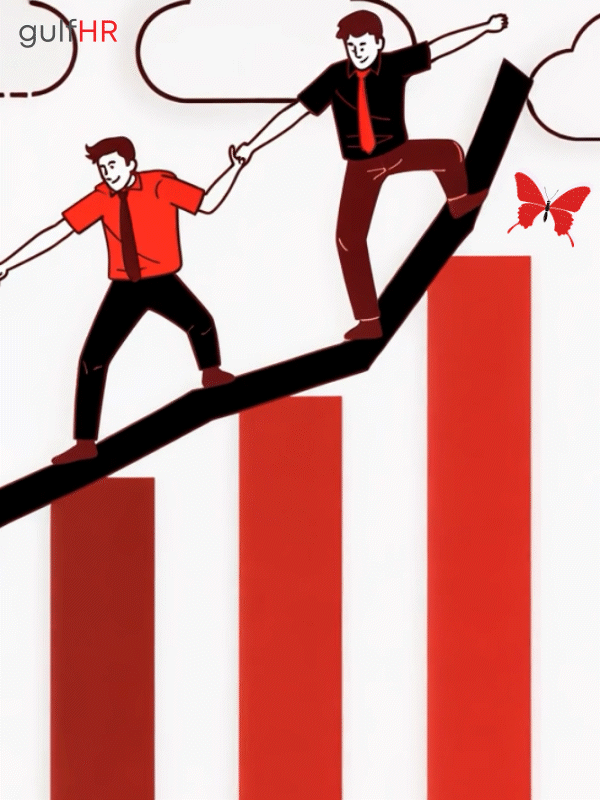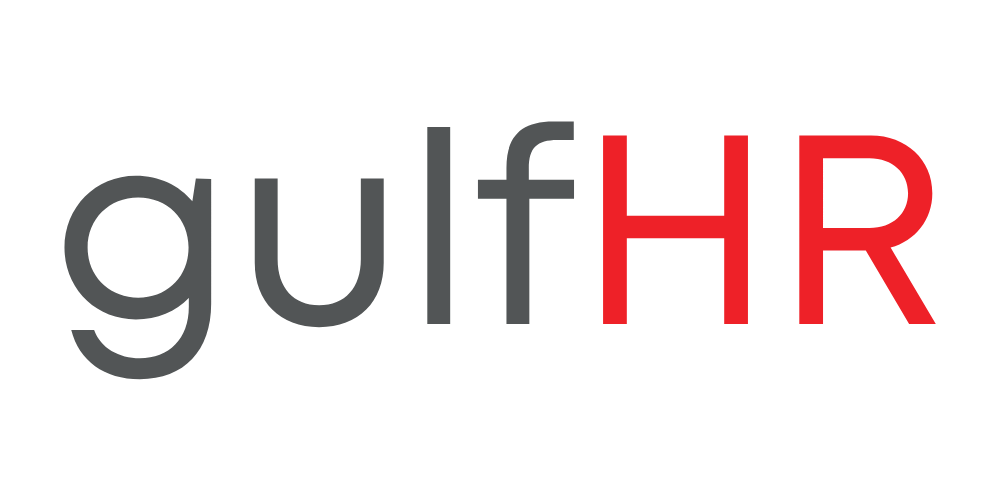The Butterfly Effect: How Small Actions Shape Your Company
Feb 2025

Rooted in chaos theory, the ‘Butterfly Effect’ was first popularized in the 1960s by mathematician and meteorologist Edward Norton Lorenz. This theory metaphorically suggests that the mere flapping of a butterfly’s wing can lead to a ripple, causing a domino effect on events culminating in a tornado elsewhere weeks later. The eventuality of a small action can lead to enormous consequences. Had the butterfly not flapped its wings, large-scale seismic events may have had a different result.
This notion goes far beyond meteorology and can be applied in all phases of life. We will be delving deeper into how the butterfly effect theory affects organizations and their HR teams.
As the global war for talent is on the rise, many corporate leaders assume that they need steep salary hikes and complex evaluation systems. There is no denying that this doesn’t help in terms of employee retention, however, for an employee to remain productive and satisfied at their job, they must be made to feel their importance in the system. A cog in the machine is a very debilitating feeling for anyone working in any sort of work environment. Simple small gestures go a long way in a company’s success.
Imagine if there is a situation where an HR manager overlooks a minor employee grievance, believing it to be an everyday triviality. As days go on this festers, negatively impacting the employee’s morale, ultimately leading to their resignation. This departure will in turn affect the team members and lead them to feel demotivated, which in turn will decrease productivity and also negatively impact the company’s growth. This situation might seem to have many ‘ifs’, however, managerial oversights like this can happen at any company, setting the company on a collision course towards amputated growth. This is how the butterfly effect comes into play – even the smallest of actions can lead to vibrations felt around the organization.
On the other hand, small gestures can have a significant impact, the full effect of which may only be clear in retrospect. Emirates, the largest airline in the Middle East, prioritized the comfort and well-being of its cabin crew, providing them with luxurious accommodations and excellent amenities. The result of this small change in their larger scope of matters was astonishing. By having an employee-centric approach they garnered high morale, exceptional customer service, and a strong brand image for Emirates, making it one of the world’s most recognized airlines. As H.H. Sheikh Ahmed Bin Saeed Al-Maktoum, Chairman of the Emirates Group rightly said, “I am reminded constantly that no matter how many millions we invest in the latest equipment, it is our people that make the difference in terms of results.”
Paradigm changes don’t start with big leaps, but instead with small steps

Strategic human capital is a firm’s most valuable resource and a sustainable competitive edge, and it is the smaller more religiously frequent practices that ensure the growth of this very human capital. Another brilliant example of the butterfly effect taking flight is Semco’s self-management practices. Semco, a Brazilian industrial conglomerate, had early on in the 80’s, under the leadership of Ricardo Semler, realized that the people had more to give to the company, than what they were. However, their output was hindered by the fact that they held no autonomy in their decisions. And, the only people that had more of an output were those who held positions of power. After a long prognosis, they realized that the power to participate in decision-making processes held the key to motivation.
They put this theory to practice, and increased employee participation in decision-making. It started from simple issues such as having a say in the color of their uniform, which led to their participation in more expressive areas. They were invited to set their own targets, offered suggestions to improve quality and the manufacturing process, and decide where they wanted to work from. This increase in morale not only proved Semler’s theory, but has reflected on their impressive growth rate, averaging 46.5% for the past 20 years, with an extremely low employee churn rate (less than 2%).
The butterfly effect underscores the profound impact of seemingly insignificant actions. At gulfHR, we embody this principle by nurturing a holistic employee experience, by prioritizing employee well-being in every aspect. From comprehensive healthcare that includes often-overlooked mental health support to fostering a vibrant work environment with initiatives like in-office fruit bowls and “Wednesday CEO Lunches,” we cultivate a culture of care. These seemingly minor gestures have had a profound impact: increased employee morale, heightened sense of ownership and accountability, and a proactive approach to customer service resulting in long-lasting customer relations.
The butterfly effect can be treated as a cautionary tale or a success story. Benjamin Franklin had once said,
“For the want of a nail, the shoe was lost,
For the want of a shoe, the horse was lost,
For the want of a horse, the rider was lost,
For the want of a rider, the battle was lost,
For the want of a battle the kingdom was lost,
And all for the want of a horseshoe-nail.”
If you want your company to go from good to great, it is imperative to not go in thinking of winning the battle, but the consequences of even the smallest of nails.
Learn How gulfHR Can Help You Implement a 4-Day Workweek Today
GAIN INSTANT ACCESS TO OUR PLATFORM
Try the expert demo now to see the latest HR features and development in action.
Let’s talk. We’re only a call away
Alternatively send us a message or an email to sales@gulfhr.ae
